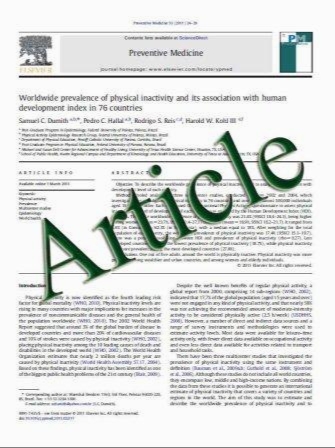Traumatic limb amputations at a level I trauma center
- نوع فایل : کتاب
- زبان : انگلیسی
- مؤلف : L. Kobayashi K. Inaba G. Barmparas M. Criscuoli T. Lustenberger P. Talving L. Lam D. Demetriades
- چاپ و سال / کشور: 2010
Description
Introduction The purpose of this study was to analyze the epidemiology and outcomes after traumatic amputation of the upper (UEA) and lower (LEA) extremities. Methods The Los Angeles County ? University of Southern California Medical Center trauma registry was utilized to identify all patients sustaining traumatic amputation during the years 1996–2007. The demographics, mechanism of injury, clinical characteristics, associated injuries, surgical procedures, complications, and outcomes were obtained for these patients. Results During the 12-year study period, 130 patients suffered limb amputation, accounting for 0.25% of all trauma admissions. Thirteen patients (10%) were excluded because they were transferred from another facility after amputation or died in the emergency department. Of the remaining 117 patients, mean age was 38.1 ± 16.4 years and 77.8% were male. The predominant mechanism of injury was automobile versus pedestrian (27.4%), followed by work-related accidents (23.9%). Patients struck by vehicles were more likely to suffer LEA (93.8% versus 6.2%, p\0.001), while patients with work-related accidents were more likely to sustain UEA (81.5% versus 18.5%, p\0.001). Only nine patients underwent reattachment, all of which were for UEA and unsuccessful. Overall, 24.8% developed a complication during their hospital course, 55.2% of which were extremity related. Overall mortality was 3.4%, primarily attributed to associated severe traumatic brain injuries and thoracic injuries. Patients with LEA had longer hospital and intensive care unit (ICU) length of stay; however, after adjusting for confounders, this difference did not reach statistical significance (adjusted mean difference: 2.1 and 1.2 days, p = 0.69 and 0.79, respectively). A higher percentage of patients with LEA required discharge to a skilled nursing facility or rehabilitation center when compared with patients with UEA (29.6% versus 4.8%, p = 0.001). Conclusions Traumatic limb amputation is a rare consequence of civilian trauma. Amputation is rarely the primary cause of death; however, these devastating injuries are associated with significant intensive care unit and hospital lengths of stay. Although no mortality difference was detected, when compared with patients with upper extremity amputations, patients with lower extremity amputations were more severely injured, required revision extremity surgery more often, had a higher complication rate, and more frequently required discharge to a long-term facility.
Eur J Trauma Emerg Surg (2011) 37:67–72 DOI 10.1007/s00068-010-0011-3 Received: 26 September 2009 / Accepted: 2 January 2010 / Published online: 17 March 2010


